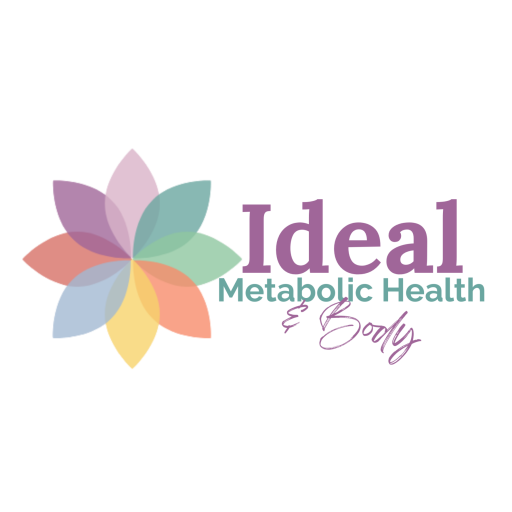How do I love sugar? Let me count the ways: Agave, anhydrous dextrose, brown sugar, cane crystals, cane sugar, corn sweetener, corn syrup, corn syrup solids, crystal dextrose, evaporated cane juice, fructose sweetener, fruit juice, honey…too many ways to count!
Did you know sugar is 8 times more addictive than cocaine? (NIH study,)
It takes over your brain and makes you eat more, even if you are not hungry! (How sugar makes you addicted). There is no one kind of sugar that is better for you than other sugar; sugar is sugar is sugar. Eating any kind of sugar in excess leads to obesity and insulin resistance, the root of so many other problems. (Is sugar toxic?)

SUGAR IS EVERYWHERE
Open up some spaghetti sauce, chances are you’ll find it. Cereal? Most cases absolutely. Tomato soup? Definitely! It makes foods taste good and makes you want more, so is often used in food preparation at restaurants and in highly processed foods.
In the US it has been recommended that women consume no more than 6 teaspoons of added sugar, and men no more than 9 teaspoons on a daily basis (I recommend not eating/drinking ANY added sugar on most days).
On average Americans consume 150-170 pounds of sugar per year (per USDA report). Broken down, that is about 90 teaspoons per pound, or 13,500-15,300 teaspoons of sugar per year. This comes down to average of 37-42 teaspoons, slightly more than a full cup of added sugar per day per American.
Would you be surprised to find out that the average can of soda has 9.5 teaspoons of added sugar, and a 20 ounce bottle has about 16 teaspoons. What about “healthy” 100% juice? Juice can average 26g of sugar in a one cup serving (5g=1tsp). Ounce for ounce that is the same as soda! Grape juice, lemonade as well as other kinds of mixed juices or juice drinks may seem healthier than soda but can end up being worse. Organic Capri Sun (advertised on website as”healthy and wholesome”) has JUST 17g, but they make their servings smaller at 6 ounces, so still over 3 tsp or half of daily recommended amount of added sugar in one pouch. Popular smoothie drinks that do not have “added sugar” already contain up to 57g of sugar (11 tsp) per bottle.

See how your other favorite drinks add up: SugarStacks.com
Recently it was a friend’s turn to bring snacks to her preschooler’s class and she was told to bring boxed juice and pudding. What she found when she read labels shocked her. Each pudding had 17g of sugar, and the 6.75oz box of white apple grape juice had 25g, supplying 42g or 8 tsp of sugar to preschoolers for a morning snack!

More snack food comparisons at: SugarStacks.com
Drinks are a quick way to sneak in sugar, and although processed foods are really no better, it is in the foods that we don’t expect the sugar that we need to find it.
It is important to know how to read labels to find where sugar is hidden.

Nutrition labels give you a lot of information. When eating LCHF or being sugar/carb aware you first want to pay attention to the number of carbs you eat and drink. The total carbs are a combination of the fiber, sugars, and other starches in a food. You can subtract the dietary fiber from total carbohydrates to get the food’s net carbs. You should count net carbs when deciding if a food fits in your daily goals. Second, ingredient lists – the ingredients are not listed by percent of calories in a product, they are listed by weight. The heaviest ingredient is listed first. Most high sugar foods will have 3-4 different kinds of sugar so by weight they can be listed further down the list. Here is an example of a popular “healthy, whole grain cereal” (not even an obvious kids’ cereal). Check out ingredients number 3-7: brown sugar, sugar, maltodextrin, malted barley extract, molasses – all different kinds of sugar.

Look first at amount of sugar in a Look first at amount of sugar in a product, and then if it seems high look for any sugar in the ingredient list (things like plain whole fat Greek yogurtcan be misleading as it does have some natural sugar in it without any added sugar, but get the brand with the least amount of sugar). Overwhelmed? There is no need to be. When you are at the grocery store, try to stay away from the center rows. That is where you are going to find the high sugar, processed food and drinks. Buy the majority of your food from the outside edges of the store (or freezer section for some great vegetable choices) where you will find the real food – meats, whole fat dairy and vegetables that are grown above ground. A good general rule is: don’t eat it if it has a TV commercial, comes in a colorful wrapper, has a mascot, or your great grandmother wouldn’t recognize it.

nuegreen.wordpress.com







